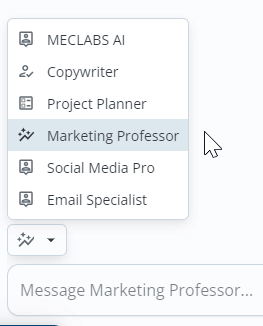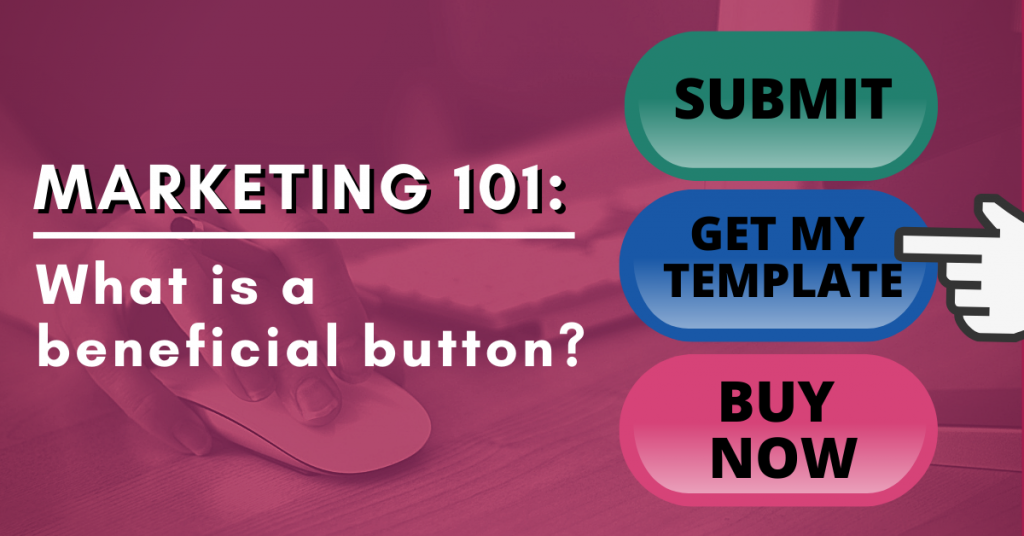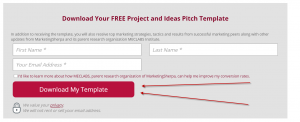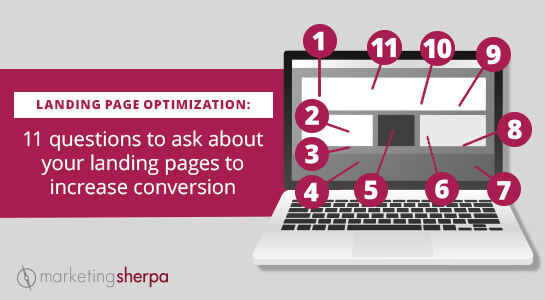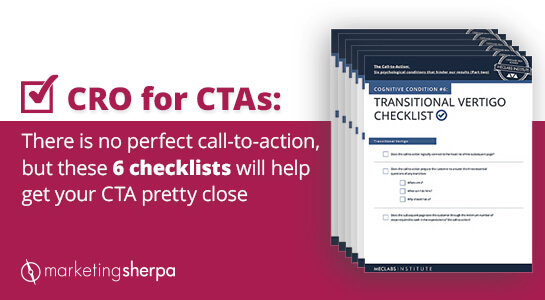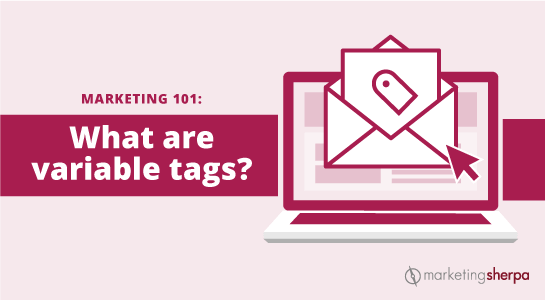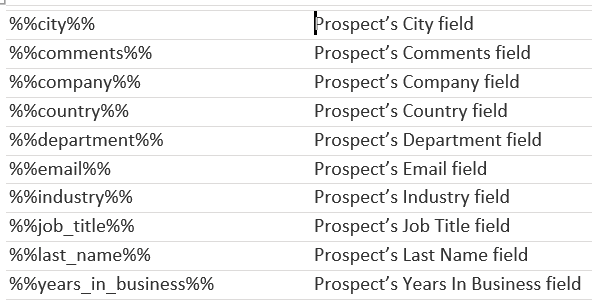In this week’s session of MEC400: Test Your Messaging (a research-and-learn track to help AI Guild members build a SuperFunnel), Flint McGlaughlin asked participants so share their biggest challenges in the Zoom chat.
These are difficult challenges, and I can’t solve them with a simple answer. So what I’ve tried to do with the 6 CRO challenges below, is provide some ideas, examples, and further discussions to help you get unstuck if you face a similar challenge, to spark your next great idea for overcoming these significant challenges.
Funnel and Landing Page Creation
Do you have an example of an excellent funnel / landing page? I see plenty that aren’t good. Wonder if you know of one that is stand out good?
This is very variable based on industry, business strategy, your ideal customer, and a host of other factors. That said, here are some examples to get you thinking:
- Here is a nice, clearly mapped out funnel example from a VC advisory (see Quick Case Study #3 in the article I linked to in this sentence).
- A nice example of a funnel pivot for an e-learning provider (see Quick Case Study #1) that changed it’s funnel flow.
- And a nice reminder that funnels aren’t necessarily linear, and that there are many entrances to your funnel, and many paths once customers are in it – Airbnb nets 600 bookings with non-promotional email.
The same caveats hold true for landing pages as well, of course. There are many different factors. That said, here are some nice examples of some types of landing pages:
Identifying the Right Variables to Test
I struggle with building a hypothesis and building meaningful A/B tests. There are many constructions. How do you decide what variable cluster to test?
Here is the gold standard – does the test result help you make a meaningful business decision?
And here is how you get there – curiosity about the customer. Truly wanting to understand how to better serve the customer. What value will interest them, what value communication best expresses the value you deliver, the best channels to get in front of them, etc.
That is the high-level answer. And here are some resources that can help.
Utilize a structured framework, like MECLABS’ Conversion Sequence Heuristic, to guide your variable selection process. Leveraging this framework can help guide your hypothesis and variable selection. The framework focuses on variables related to motivation, value proposition, incentive, friction, and anxiety.
As for the actual construction of the hypothesis, here is the hypothesis framework we use.
Scientific Marketing Experiments
Getting enough traffic to test hypotheses.
To remix a line from the movie Jaws, “You’re gonna need a bigger budget.” I’m kidding, I’m kidding of course 😊.
You have a few options. You could get better at buying traffic. I am no expert in this, but we do have plenty of case studies on MarketingSherpa that could give you ideas for reducing cost per click on your ads. For example, we took an in-depth look at an affiliate product review site’s advertising experimentation (see Quick Case Study #1). Reported on a cost-per-click audit (see Quick Case Study #1). And Facebook ad targeting parameters (see Quick Case Study #3).
You could see this as a signal that you need to change your offer. For an example of the difference an offer change can make, see how an AI prompt ebook dramatically increased social media advertising leads for a tech interviewing platform (Quick Case Study #1 in that article).
If you can’t get more budget, spend that budget more effectively, or optimize the hooks you have in the water to draw in traffic (the offer), then you could change how high you set your standards for validity in your experiment. It’s not ideal, I know. But you’re marketing in the real world, not the ideal world. There are some good tips in working with a very small sample size is difficult, but not impossible.
Assessing Product-Market Fit
Stuck with knowing whether there’s a fundamental issue with the product. Whether there’s a broader issue – or it’s just timing. Not stuck with the methodology or funnel. I’m starting another one or two so I’m back in MEC200: Design Your Offer.
You are stuck with a fundamental business challenge – product-market fit. No easy answers here.
You can evaluate your product using the MECLABS conversion heuristic, as mentioned above. It could be useful to revisit this framework to analyze the five elements: motivation, value proposition, incentive, friction, and anxiety, as applied to your product. This will provide a more holistic view of your current situation and identify areas you want to dive deeper.
Then, this is where some qualitative research can help. If possible, find people who are in your ideal customer set and didn’t buy your product. You can use surveys, focus groups, phone calls, in-person interviews, etc. Start with unprimed questions – this can help you find a blind spot and not give the potential customer a bias. Then use the areas you identified in the conversion heuristic analysis, and see what people think about the specific challenges you identified with your analysis.
Then do the same with customers who did purchase. Also, ask them about their experience with and satisfaction with the product.
You are trying to determine if the product is meeting a clear customer need. Are there substantial complaints or feature requests?
Or if there are cyclical trends affecting sales. Are there seasonal patterns or market fluctuations to consider?
I’m glad to hear you are going back into MEC200: Design Your Offer (available as part of the AI Guild). This will also give you some thought-provoking tools about your customer-first objective, initial customer profile, and offer value proposition.
Lastly, this is a difficult task. So here are some conversations from How I Made It In Marketing, so you can see how your peers have handled this challenge as well:
Traffic Generation Strategies
Would like to know when to give up on an offer or channel. Have an issue with how much data I need to submit to be statistically significant. It requires a large budget.
I address the data challenge above (under ‘Scientific Marketing Experiments’) so I won’t get into that again. Let’s discuss when to give up on an offer or channel.
There are two factors I would consider – ROI and opportunity costs.
Are you getting a return on investment? If not, that could be an indication to move on. Not so fast though, because attribution isn’t perfect (great discussion on that topic with Tate Gibson, Head of Growth, Peak – attribution is a myth, but you need it).
So don’t only let ROI alone (or a similar metric like CPA) drive your decision. Take a look at customer engagement metrics as well. If people are interacting with a channel or offer but not converting, you could simply have an attribution problem.
Or (yikes there are no straightforward answers) you could be attracting the wrong people (not your ideal customer) with the wrong message (that stokes curiosity, but not the final conversion you need). This is an opportunity to engage in some conversion optimization practices.
The other factor is opportunity costs. What else could you be doing with that budget, time, resources, and focus? If you have other channels and offers that are performing, or are worth testing, it might be an indication to start shifting some budget and focus and seeing how it affects overall performance.
One way to approach it is to use some version of the 80/20 rule. Invest most of your budget and focus on your tried-and-true performers. And play around with the other 20% – pilot testing as you go. When you see a pilot or channel start to outperform, then you’ve identified some opportunity cost, and may want to start shifting more resources in its direction (instead of totally ‘giving up’ on a previous channel or offer, it might be first cutting its budget/focus by a third, or half, and keep shifting to see how the new mix performs).
These multi-dimensional approaches have been topics of episodes of the How I Made It In Marketing podcast. For example, Julien Rio, Assistant Vice President, International Marketing, RingCentral, talked about the 80/20 approach in our discussion about taking risks, failing early and learning fast (starting at 41:00).
Don’t shift that 20% pilot budget/focus too quickly though. As Colleen O’Brien, Chief Communications Officer and Head of Strategy, Armoire, mentioned when discussing a foray into podcast advertising, everything is expensive until it starts working (starting at 29:50).
Landing Page and Lead Gen Effectiveness
How to know learn what isn’t working with my landing page and getting lead gen result I want/need
A/B testing can help a lot here (there’s a nice step-by-step approach in this article about a live experiment we ran at a summit). But like with the above discussion – not just randomly testing buttons or headlines. Really trying to get in the customers’ head so you can better serve them.
Follow up these test results with further discussions with customers who bought and didn’t (as discussed above). Read reviews and general forum discussions about your product and your industry.
Lastly, while digital platforms and channels are powerful and inexpensive ways to learn from your customer, I sometimes worry we overlook the value of a little face time. How can you get in front of your ideal potential customer and discuss your value prop? And then get real, live feedback from them? Don’t try to sell them too hard (or they will just tell you what you want to hear), truly try to learn from them.
Here’s a nice example of how the founder of Cyberpack went to live events and meetups to learn from his audience and sell his product (see Quick Case Study #2).
Related resources
Conversion Rate Optimization: 7 tips to improve your ecommerce conversion rates
Conversion Rate Optimization: 3 effective marketing strategies explained by the marketers who created them
Optimizing Tactics vs. Optimizing Strategy: How choosing the right approach can mean all the difference in your optimization efforts



